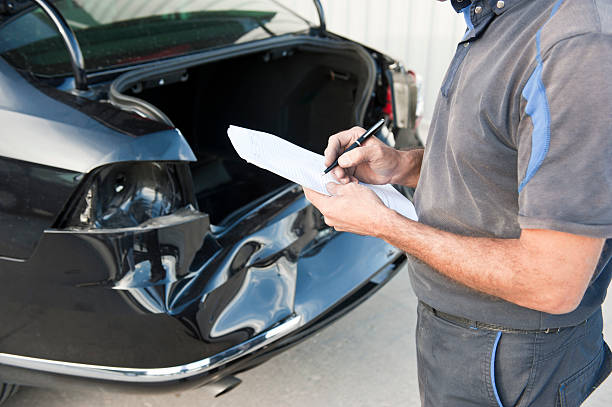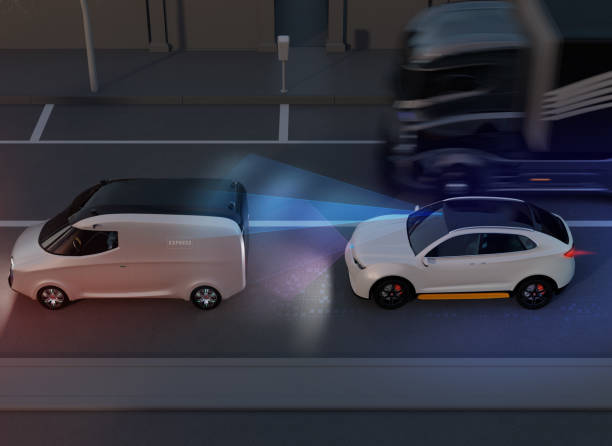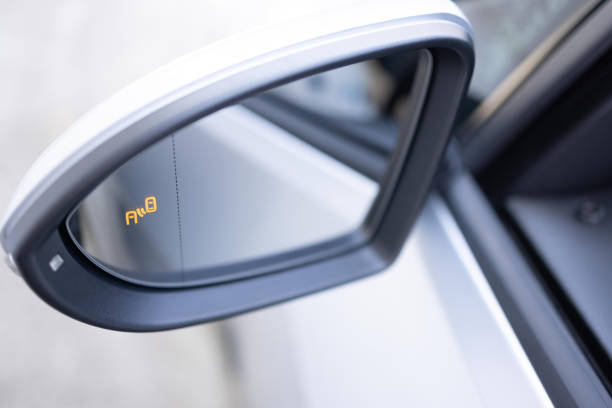ADAS Collision Repair: How It’s Revolutionizing the Industry

The world of ADAS collision repair is transforming rapidly, driven by the increasing prevalence of advanced driver assistance systems in today’s vehicles. These systems—such as adaptive cruise control, lane departure warnings, and automatic braking—are designed to improve driver safety and reduce accidents. However, when vehicles equipped with ADAS are involved in collisions, the repair process becomes far more complex, requiring precision and expertise to ensure these systems function correctly post-repair.
As ADAS becomes standard, the collision repair industry is being forced to evolve, adopting new technologies, tools, and processes to meet the challenges posed by these advanced systems.
Understanding the Role of ADAS in Modern Vehicles
Advanced driver assistance systems rely on a network of sensors, cameras, and radars to provide real-time data and enhance safety features. After a collision, even seemingly minor damage can disrupt the alignment or functionality of these components. If ADAS is not properly recalibrated during repairs, it can lead to inaccurate readings or system failures, compromising safety on the road.
This makes ADAS collision repair more than just a technical requirement—it’s a safety imperative.
The Complexities of ADAS Collision Repair
Precision Calibration Is Critical
ADAS calibration requires specialized tools and training to meet the exact specifications set by vehicle manufacturers. A small error in sensor alignment can lead to major safety issues, such as incorrect lane guidance or delayed emergency braking.
The Demand for OEM Compliance
Each vehicle manufacturer has unique requirements for ADAS calibration. OEM compliance ensures that repairs adhere to these standards, safeguarding both driver safety and warranty coverage.
The Need for Advanced Technology
The tools required for ADAS calibration are highly specialized and often expensive to acquire and maintain. Keeping up with the rapid evolution of ADAS technology can be overwhelming for collision repair shops.
How ADAS Technology Is Reshaping the Industry
The introduction of ADAS has shifted the focus in collision repair from traditional bodywork to technology-driven precision. Shops that embrace this shift are positioning themselves at the forefront of the industry, while those that don’t risk falling behind.
Reducing Liability and Ensuring Accuracy
Proper ADAS calibration reduces liability risks for repair facilities by ensuring all safety systems are functioning as intended. Accurate calibrations help maintain customer trust and prevent potential legal or insurance issues.
Delivering Superior Customer Satisfaction
Customers increasingly expect repairs to include proper ADAS handling, as these systems are vital to vehicle safety. Properly calibrated ADAS systems provide peace of mind for drivers, making this a key component of customer satisfaction.
Positioning for the Future
The future of ADAS collision repair is rooted in precision, expertise, and collaboration. As ADAS technology continues to advance, the importance of accurate calibration will only grow.
Partnering with experienced ADAS specialists is becoming a critical strategy for shops that want to meet these challenges while staying competitive. By outsourcing complex calibrations, shops can reduce overhead, minimize liability, and ensure the highest level of accuracy for their customers.
Final Thoughts
ADAS collision repair is more than a trend—it’s a revolution in the automotive repair industry. As advanced driver assistance systems become increasingly common, the need for precise calibration and OEM compliance will define success for repair facilities. Shops that adapt to this technological shift will not only improve customer satisfaction but also secure their place in the future of vehicle repairs.
Related Posts
Southern Utah Passport to Summer 2025
 Car Safety with ADAS Welcome to Premier ADAS Solutions' car safety education for your summer fun. Please view the video...
Car Safety with ADAS Welcome to Premier ADAS Solutions' car safety education for your summer fun. Please view the video...
Front Radar Sensors and Their Role in
 Front Radar Sensors: The Unsung Heroes of ADAS When it comes to modern vehicle safety, one of the most crucial...
Front Radar Sensors: The Unsung Heroes of ADAS When it comes to modern vehicle safety, one of the most crucial...
Blind Spot Monitoring: A Game-Changer for Safer
 Blind spot monitoring and detection transform road safety, providing drivers with an extra set of eyes where visibility is often...
Blind spot monitoring and detection transform road safety, providing drivers with an extra set of eyes where visibility is often...

